Related Research Articles

The Bedouin, Beduin, or Bedu are pastorally nomadic Arab tribes who have historically inhabited the desert regions in the Arabian Peninsula, North Africa, the Levant, and Mesopotamia (Iraq). The Bedouin originated in the Syrian Desert and Arabian Desert but spread across the rest of the Arab world in West Asia and North Africa after the spread of Islam. The English word bedouin comes from the Arabic badawī, which means "desert-dweller", and is traditionally contrasted with ḥāḍir, the term for sedentary people. Bedouin territory stretches from the vast deserts of North Africa to the rocky ones of the Middle East. They are sometimes traditionally divided into tribes, or clans, and historically share a common culture of herding camels, sheep and goats. The vast majority of Bedouins adhere to Islam, although there are some fewer numbers of Christian Bedouins present in the Fertile Crescent.
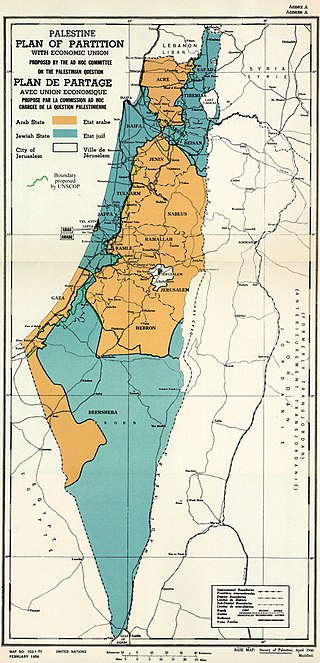
The United Nations Partition Plan for Palestine was a proposal by the United Nations to partition Mandatory Palestine at the end of the British Mandate. Drafted by the U.N. Special Committee on Palestine (UNSCOP) on 3 September 1947, the Plan was adopted by the UN General Assembly on 29 November 1947 as Resolution 181 (II). The resolution recommended the creation of independent but economically linked Arab and Jewish States and an extraterritorial "Special International Regime" for the city of Jerusalem and its surroundings.
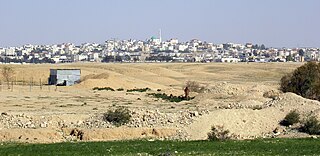
Ar'arat an-Naqab or Ar'ara BaNegev, previously called Aroer, is a Bedouin town in the Southern District of Israel. Its name stands for "the juniper tree in Negev". It is situated not far from the archaeological site of Aroer.

Tel Sheva or Tel as-Sabi is a Bedouin town in the Southern District of Israel, bordering the city of Beersheba. In 2022 it had a population of 22,849.
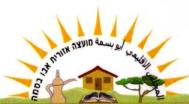
Abu Basma Regional Council was a regional council operating in 2003-2012 and covering several Bedouin villages in the northwestern Negev desert of Israel. Following the Minister of Interior decision on November 5, 2012 it was split into two newly created bodies: Neve Midbar Regional Council and al-Kasom Regional Council.

Bir Hadaj is a Bedouin agricultural town located in the Negev desert, near Revivim, Israel. In 2022 its population was 6,332.

The Negev Bedouin are traditionally pastoral nomadic Arab tribes (Bedouin), who until the later part of the 19th century would wander between Hijaz in the east and the Sinai Peninsula in the west. Today most live in the Negev region of Israel, while a minority who were expelled during the 1948 war live in Palestine. The Bedouin tribes adhere to Islam and most are Israeli citizens. Some Bedouins voluntarily serve in the IDF.

Tirabin al-Sana, also Tarabin, is a Bedouin village in the Negev desert in southern Israel. The village was built for the Tarabin tribe. Located near Rahat and Mishmar HaNegev, it falls under the jurisdiction of al-Kasom Regional Council. In 2022 it had a population of 1,294.

Unrecognized Bedouin villages in Israel are rural Bedouin communities in the Negev and the Galilee which the Israeli government does not recognize as legal. They are often referred to as "unrecognized villages".
The Regional Council of Unrecognized Villages of Negev (RCUV) is a political advocacy group that was established in 1997. It represents the interests of the Bedouin population living in the unrecognized dispersed communities in the Negev Desert in southern Israel.

Khan al-Ahmar is a Palestinian village located in the Khan al-Ahmar area of the Jerusalem Governorate of the West Bank. In 2018, there were between 173 and 180 Bedouin, including 92 children, living there in tents and huts, upwards of 100 in 2010, with its local school serving the needs of 150 children in the area. Khan al-Ahmar is located between the Israeli settlements of Ma'ale Adumim and Kfar Adumim on the north side of Highway 1, between the junctions with Route 437 and Route 458.
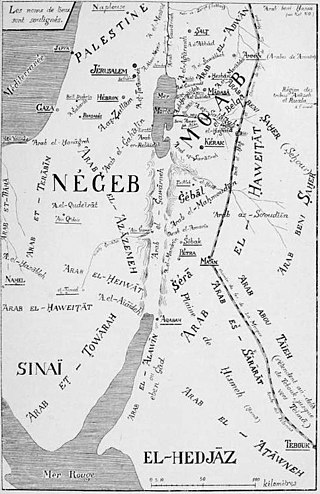
The Tirabin, were the most important Arab tribe in the Sinai Peninsula during the 19th century, and the largest inside Negev. Today this tribe resides in the Sinai Peninsula but also in Cairo, Ismailia, Giza, Al Sharqia and Suez, Israel (Negev), Jordan, Saudi Arabia and the Gaza Strip. A township named Tirabin al-Sana was built in Israel in 2004 especially for the members of al-Sana clan from Al-Tirabin tribe.

Adalah – The Legal Center for Arab Minority Rights in Israel is a human rights organization and legal center.
In 2013, two independent protests occurred in Israel. In May, an attempt to change the Tal Law, which excluded ultra-Orthodox Jewish men for doing military service, led to protests by Haredi against military conscription. Again in November, Bedouins in the Negev called for a 'Day of Rage' against their displacement by the Israeli government to state developed townships as a result of the Prawer-Begin plan.
Neve Midbar Regional Council is one of two regional councils formed as a result of a split of Abu Basma Regional Council on November 5, 2012. This regional council is situated in the northwestern Negev desert of Israel and populated by the Negev Bedouin.
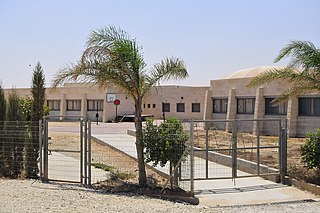
al-Kasom Regional Council is one of two Negev Bedouin regional councils formed as a result of the split of the Abu Basma Regional Council on November 5, 2012. Al-Kasom regional council is in the northwestern Negev desert of Israel.
Abu Talul is a Bedouin township in southern Israel. Located in the Negev desert around ten kilometres east of Beersheba and to the south of highway 25, it falls under the jurisdiction of Neve Midbar Regional Council. In 2022 it had a population of 2,492.
The Bill on the Arrangement of Bedouin Settlement in the Negev, also called the Prawer Plan or the Begin–Prawer Plan was formulated in September 2011 when the Israeli government approved a controversial five-year economic development plan. It was named for Ehud Prawer, the head of policy planning in the Israeli Prime Minister's Office.

Umm al-Hiran is a Bedouin village settled by the Abu Alkian tribe located in the Wadi Atir area of the Negev desert in southern Israel. Located near Hura, the village was established in 1956 and is one of 46 unrecognized Bedouin villages in Israel.
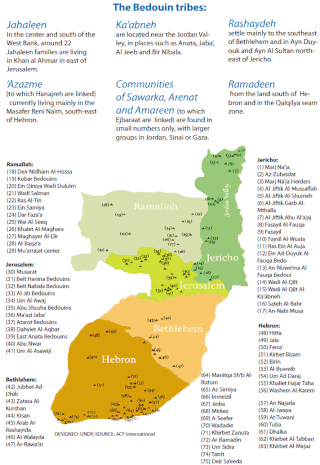
Palestinian Bedouin are a nomadic people who have come to form an organic part of the Palestinian people, characterized by a semi-pastoral and agricultural lifestyle. Originating from the Bi’r as-Saba’/Beersheba region in Southern Historical Palestine, Palestinian Bedouin are now predominantly concentrated in the South, the North and in the West Bank. Bedouins have lived in the Negev region, stretching from Gaza to the Dead Sea, since at least the fifth century. Remnants of Bedouin communities in the Gaza Strip include 5,000 individuals in Om al-Nasr, as of 2022. However in the Gaza strip, the number of nomadic Bedouin is shrinking and many are now settled.
References
- ↑ Journal of Palestine Studies. Issue 151. Volume XXXVIII, Number 3, Spring 2009. p. 301.
- ↑ Kershner, Isabel. "Bedouins in Israel Protest Plan to Regulate Settlement" . Retrieved 16 October 2024.